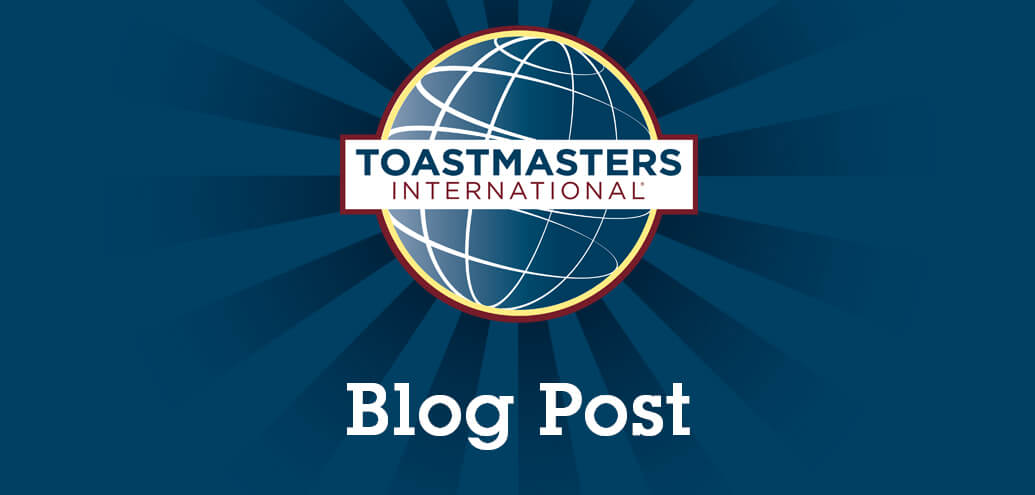| CPA Enabling Competencies |
Toastmasters Offers |
|
1. Acting Ethically and Demonstrating Professional Values
|
- In level 5 of any path, members may choose to complete the “Ethical Leadership” project. Here they will determine their personal ethical framework as well as lead a 20-40 minute discussion on ethics (see CPA competencies 1.1.2 and 1.1.3).
- In multiple projects in level 5 of any path, members may encounter the 360º evaluation where they will take on a leadership role and receive feedback on factors related to their professional reputation such as their dependability, trustworthiness, and fairness (see CPA competencies 1.2.1 and 1.2.2).
|
|
2. Leading
|
- In any club, area, division, or district level volunteer leadership role, the member will be required to complete situational, risk, and strategic analyses to create and implement plans to meet organizational goals (see CPA competencies 2.1.1, 2.1.2, 2.1.3, 2.2.1, and 2.2.2).
- In the elective “Team Collaboration” pathway, members will be required to complete projects that focus on building consensus within teams as well as motivating and gaining support from team members (see CPA competencies 2.4.1 and 2.4.2).
|
| 3. Collaborating |
- In any volunteer leadership role at the club level or above, members will work in teams with different functions and responsibilities. They will need to commit to team goals and share knowledge (see CPA competencies 3.2.1, 3.2.4, and 3.2.5).
- In many leadership projects in level 5 of any path, members will seek or provide feedback on leadership and teamwork skills (see CPA competency 3.2.2).
- In any volunteer leadership role at the club level or above, members will build relationships with other Toastmasters, external parties, and potential new members (see CPA competencies 3.3.1 and 3.3.2).
- In the “Manage Projects Successfully” project in Level 4 or the “High Performance Leadership Project” in Level 5 of any path, members will gain experience in creating project plans with goals, tasks, and timelines; will monitor project completion and conduct team meetings; and may communicate with stakeholders (see CPA competencies 3.4.1, 3.4.2, 3.4.3, and 3.4.4).
|
| 4. Managing Self |
- As Toastmasters is a self-paced program, members have many opportunities to gain new knowledge, skills, or greater responsibility (see CPA competencies 4.2.1 and 4.2.2).
- In most club meetings and volunteer roles, members will receive feedback on each speech, project, or role completed from their fellow members to improve their skills for the future (see CPA competencies 4.3.2, 4.3.4, and 4.3.5).
- If members wish, they may seek mentorship from fellow club members or members from other clubs. They may, in turn be mentors to other members (see CPA competency 4.4.1).
- In level 5 of the “Visionary Communication” pathway, members will be required to develop a vision for their work or personal life with a plan on how to achieve it (see CPA competency 4.4.2).
|
| 5. Adding Value |
- In any volunteer leadership role at the club level or beyond, members will gain knowledge of Toastmasters and its stakeholders, as well as the interrelationships between its various volunteer roles and levels (see CPA competencies 5.1.2 and 5.1.3).
- In any club, area, division, or district level volunteer role, members will evaluate processes and services for improvement (see CPA competency 5.3.1).
|
| 6. Solving Problems and Making Decisions |
- In any club, area, division, or district level volunteer leadership role, the member will be required to complete analyses to identify problems, recommend solutions, and seek to implement them to make changes to meet organizational goals. At the club level, the “Moments of Truth” resource can help to identify challenges and recommend solutions (see CPA competencies 6.1.1, 6.3.1, 6.3.3, 6.3.4, 6.4.1, and 6.4.2).
|
| 7. Communicating |
- Although members will receive feedback on their ability to meet audience member needs in most speech projects, level 3 of any path offers the “Connect with Your Audience” project to further refine these skills (see CPA competencies 7.1.1, 7.1.3, and 7.1.4).
- In level 3 of any path, members can choose to complete the “Active Listening” project where they will need to demonstrate their listening skills at a club meeting and will receive constructive feedback (see CPA competencies 7.2.1 and 7.2.2).
- As part of the club experience and various projects, members will be exposed to communicating through prepared speeches of 2-40 minutes, impromptu speeches of 1-2 minutes, blog writing, podcasts, presentation software, and visual aids (see CPA competency 7.3.1).
|
